As our roles shift in older age, so does our sense of community, and feelings of isolation often accompany elder life. When I spoke about this to Thich Nhat Hanh, a Vietnamese Zen Master, he said that in spite of the information age and advances in technology, which allow us to communicate with each other so rapidly, “one human being can’t be with another human being [through technology]. A father can’t be with a son, a mother with a daughter, a father with a daughter, a friend with a friend.” It’s harder and harder for human beings to be together, even though they can transmit information to more and more people all the time.
Although relationships change in all stages of life, it often seems harder to find new connections to replace the ones we lose as we age. This effort to stave off loneliness and to replace missing connections can sometimes take extreme forms, as in a case I read about in which a Japanese man hired a surrogate couple with a baby to visit his elderly parents because he didn’t have time. The old people spent the day pretending that these strangers were their actual family, talking about their “grandchild’s” health, how much the baby had grown, and so on. Before the surrogate couple left, kisses were exchanged and promises to visit again soon, and they were paid by the son an equivalent of $1,150 for their time and thespian abilities.
Caring for someone else is one way to combat loneliness. In response to this need, some older people have taken it upon themselves to be of service. Laura Huxley created Project Caress, a public space located in a shopping center where mothers and fathers can leave their babies while they shop. With a registered child-car professional in attendance, older people volunteer to come in to hold and cuddle the babies. The babies and the elders alike benefit from the contact. Although we may yearn to be quieter as we age, human beings have an inborn need for social contact that must be honored if we are not to suffer, and part of our conscious-aging curriculum must include finding ways to satisfy this yearning. We long to reassure ourselves that other hearts exist; to affirm our own existence through the presence of others. An older couple I know – he’s a psychiatrist, she’s a meditation teacher – have a big, beautiful home, where they raised a large family. After the children moved away and started families of their own, my friends were left rattling around in their big house, until one day they said, “This is a waste! Here we are in this wonderful house – why don’t we fix up the basement and move down there, and give one of our kids and his family the upper floor?” Their son and his family really benefitted by having the house, and my friends enjoyed the cross-generational companionship.
Through a strange set of circumstances, another friend of mine found herself starting a family she never intended to have. At the age of 69, she became the sole caregiver for a six-year old child. Here was a woman traveling the world to give seminars, writing books, being an intellectual, who suddenly had her life “interrupted” by a child she could not turn away. For the first few years, she bemoaned her fate, but slowly this changed, and she and the child are doing fine. She even admits that her life is better for this unexpected change of plan.
Even though, as Thich Nhat Hanh reminded us, we can not be together through technology, cyberspace can afford us a different way of maintaining connection in older age. No longer bounded by geography, we can meet in the brave new world of the Internet and spend time as companions in virtual reality. A woman speaking on National Public Radio recently reported how she’d used her computer and her internet contacts with people all around the country to get through her depression and loneliness after the death of her husband. A year later, she’s become the one who is counseling and supporting other recent widows in a chat group on the web. A friend of mine who is approaching seventy is teaching her still older next-door neighbor, a shut-in, how to surf the internet. My friend, who loves gardens, shares (among other things) a spirited international internet chat group on gardening. I foresee that computers will play an increasingly important role in engaging elders like me in educational and social participation, relieving us of the hassle of moving our arthritis-ridden, aging bodies around so much.
These sort of creative solutions to how we want to live as we get older are often more available than we think. Unfortunately, many of us are too caught up in the cult of independence to see these possibilities; either we don’t wish to be a burden on others, or we don’t wish to be burdened by others. Either way, we find ourselves more isolated than we need to be. In speaking with hundreds of elderly people, I’ve noticed a distant pattern of loneliness among those vaunting their own independence. We become Eleanor Rigbys, waiting at the windows of life. The “achievement” of living on one’s own is diminished by the sense of being ignored or left behind. This diminishment can become a barrier standing between our egos and the rest of the world, increasingly solid and hard to cross. Whether through shame over our own aging, or through fear of dependency, we should be vigilant about this tendency to isolate ourselves as we get older. To offset it, we might seek out community centers and other meeting places where peers congregate, or consider alternative living arrangements such as assisted-living centers, spiritual communities, and multiple-age communities set up specifically for bringing people of all generations together.
– Excerpt from Still Here by Ram Dass

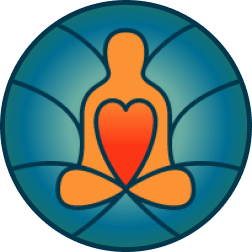



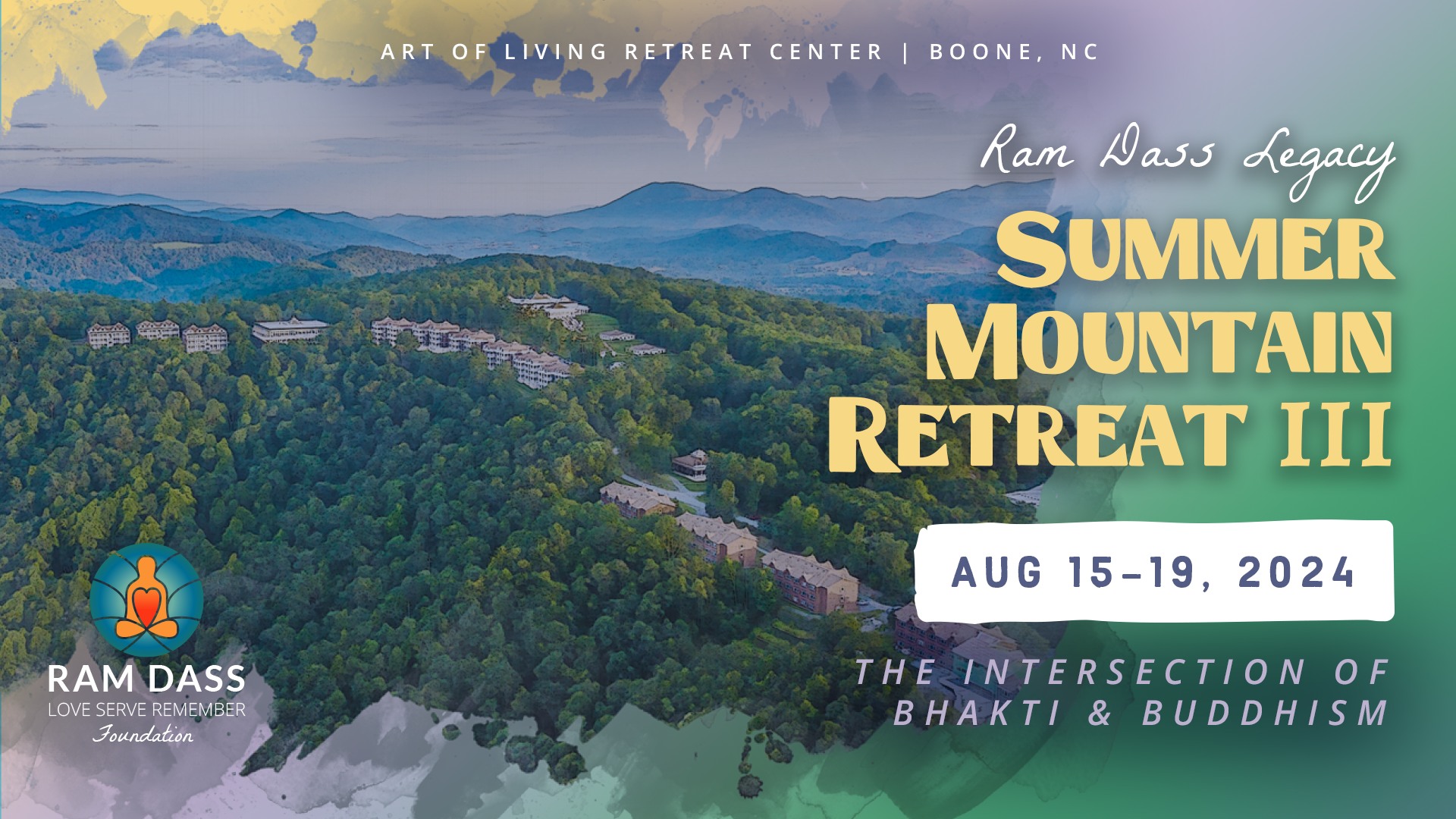
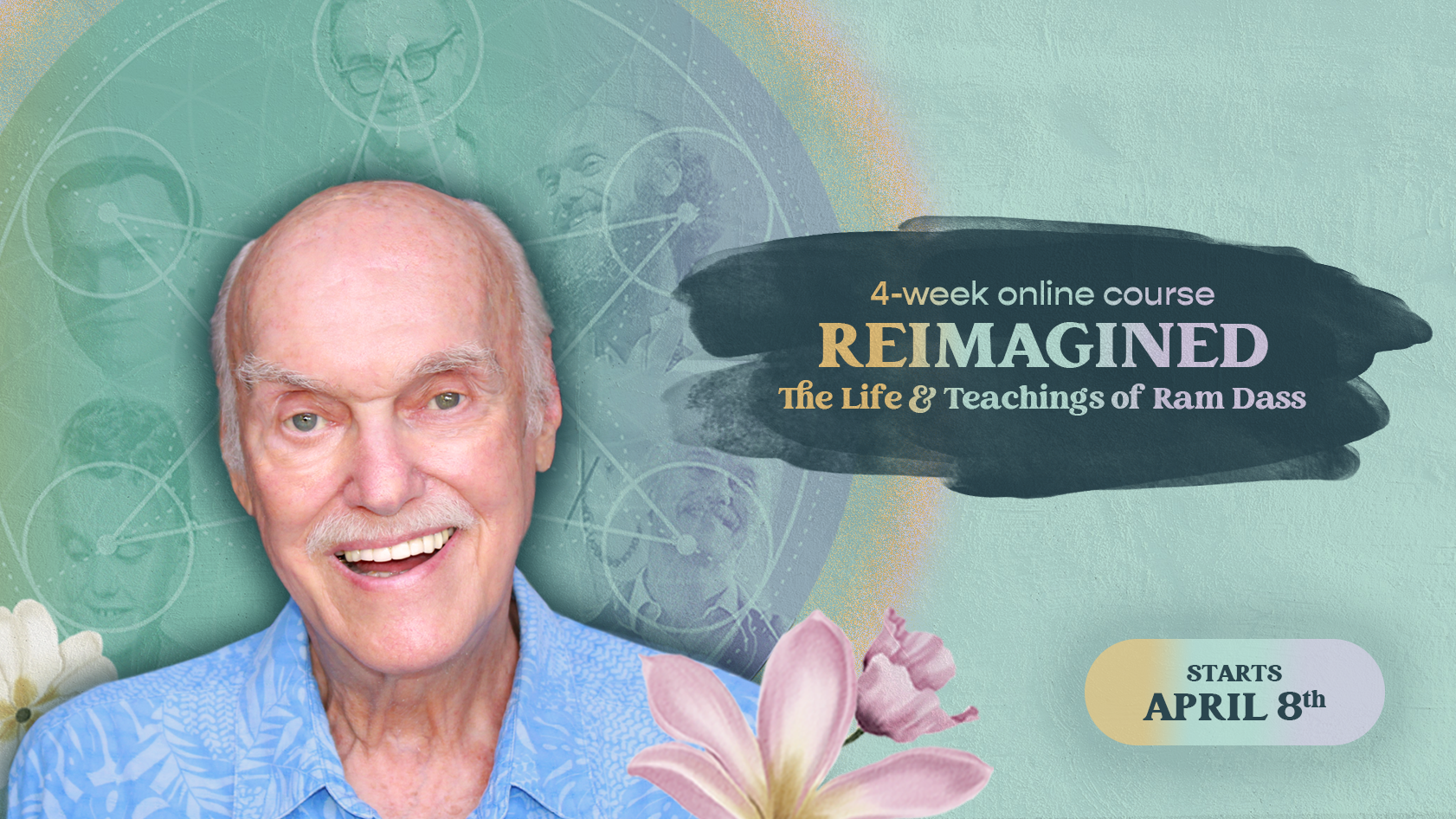
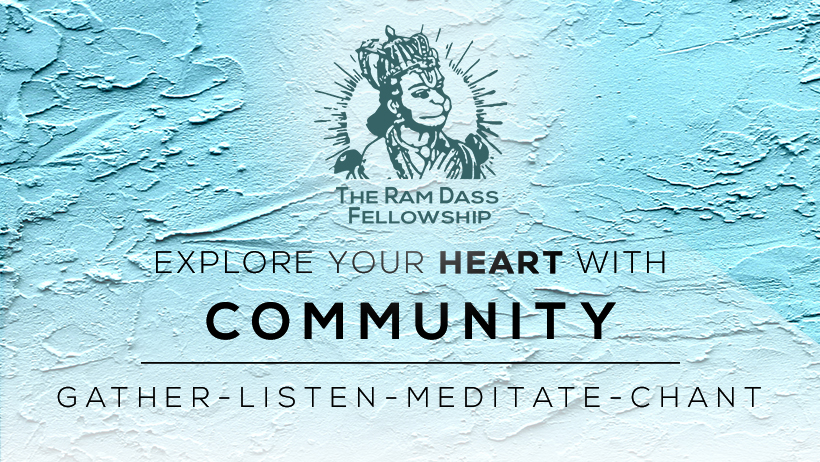

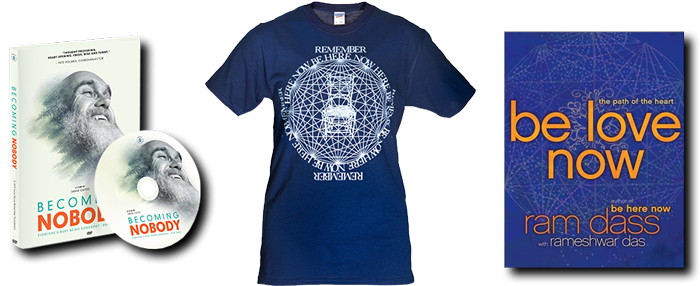

It’s not only the elderly who have this problem. There are numerous people like myself who are chronically ill, isolated, and have been abandoned by family and by friends.
Many of us can’t get out much, or at all in many cases. Those who used to be close to us get “tired of dealing with” our illnesses and eventually just stop returning our calls, and disappear from our lives.
I wish there was more awareness about this issue in today’s society. Chronic illness (in my case, Lyme disease and fibromyalgia) is running rampant right now, and because it’s an “invisible illness” we are even more overlooked than the elderly – as a matter of fact, people often become angry at us for “pretending to be sick” because we “look just fine” or “are too young to be complaining about aches and pains”. But, these illnesses are very real, and many of us are in far worse shape than many elderly folks. Some of us have never been well enough to raise children, so there aren’t any adult children to even potentially help care for us or spend time with us. Please consider mentioning this in one of your articles. Thank you, and Namaste~
“The cult of independence” isn’t that the truth! Your words are truth for all generations! Love you Baba.
Thank you for showing us the way Baba Ram Dass. Staying open, flexible and engaged keeps us present to the miracles in our lives – ageless and alive. Namaste and Love
I came across and read a seemingly random copy of Still Here a couple years ago and a short time later I enrolled in classes for yoga teacher certification. Your words inspired and continue to inspire me to keep at it and stop hiding away from possibility and freedom. So much life and love is possible when you keep an open heart. Thank you, Ram Dass, for your wide ranging reach, albiet cyberly, to parts of the world needing light and needing comfort and needing encouragement. xo
There is a non-profit organization called the Prison Yoga Project. They train anyone who is certified to teach yoga to teach classes at various prisons, even military prisons.
It is very fulfilling for the teachers, and so helpful to the incarcerated inmates.
The Prison Yoga Project can be found by googling the name.
My daughter, who is an attorney, volunteers on weekends, and is enriched by doing so.
Thank you so much. I will look into that.(is that, by the way, an offshoot of the Prison Ashram project I have heard about?) It may inspire me into actually practicing yoga! Interesting coincidence, my son is also an attorney. He volunteers as well down another venue. Thank you again.
Jenni, I hope you are still reading these online. I had a friend, older, who had fibromyalgia and still worked full time. No one had sympathy, or empathy for her because they felt she ‘whines all the time’. She never whined. She lived with the pain, saw doctors frequently for other issues. Eventually she developed a terminal condition her own doctors overlooked due to her chronic and migrating pains. She did not last long.
Perhaps the best we can do is to become fully informed about our own condition, via internet, and print out articles to share with those close to us, especially our medical providers. We have to be our own advocates.